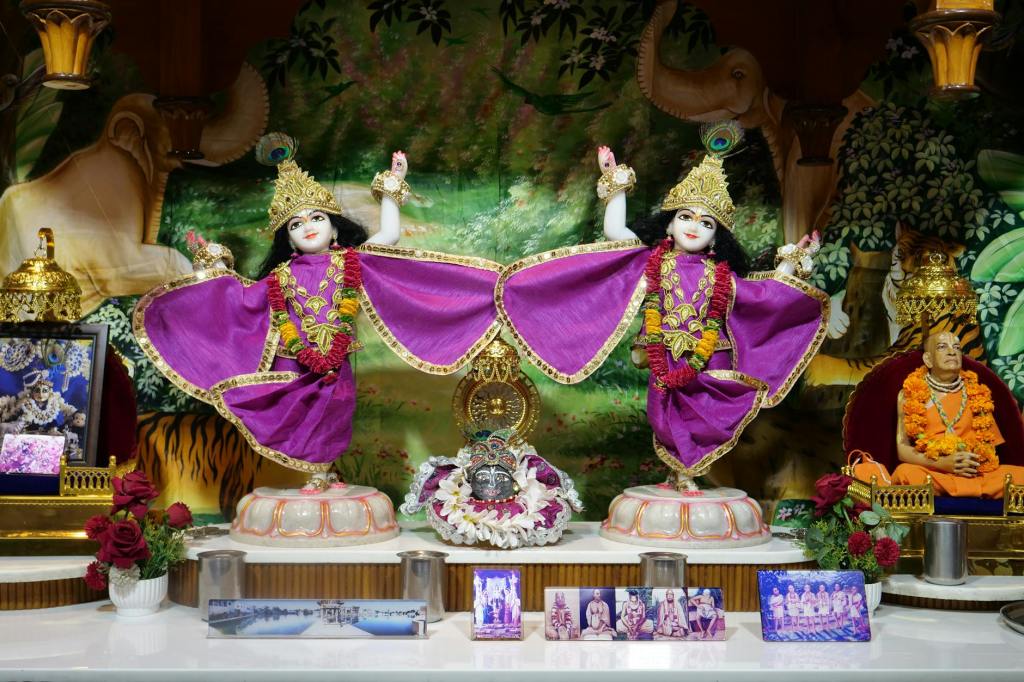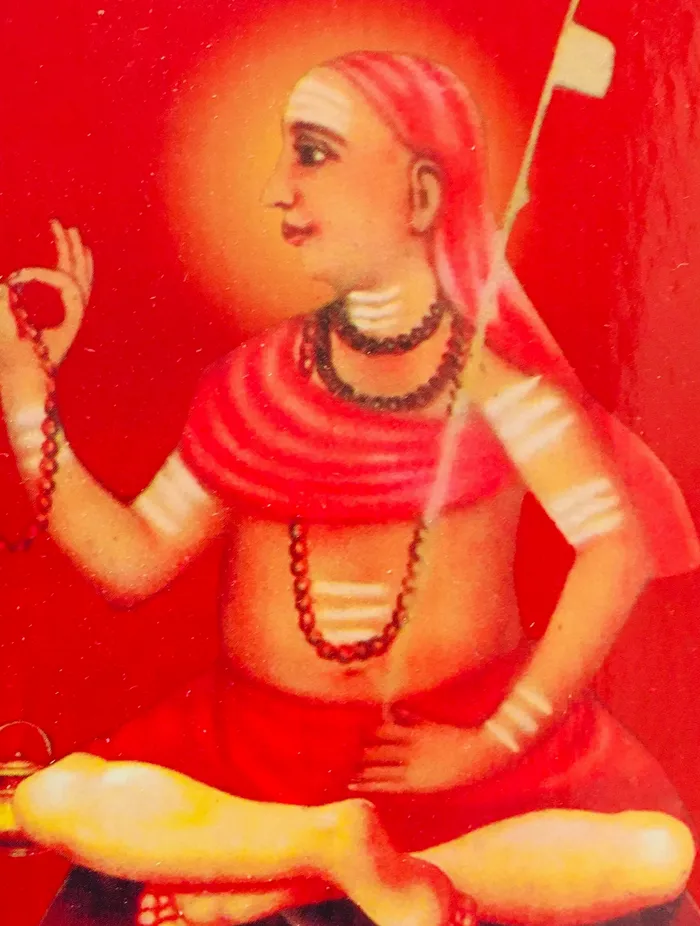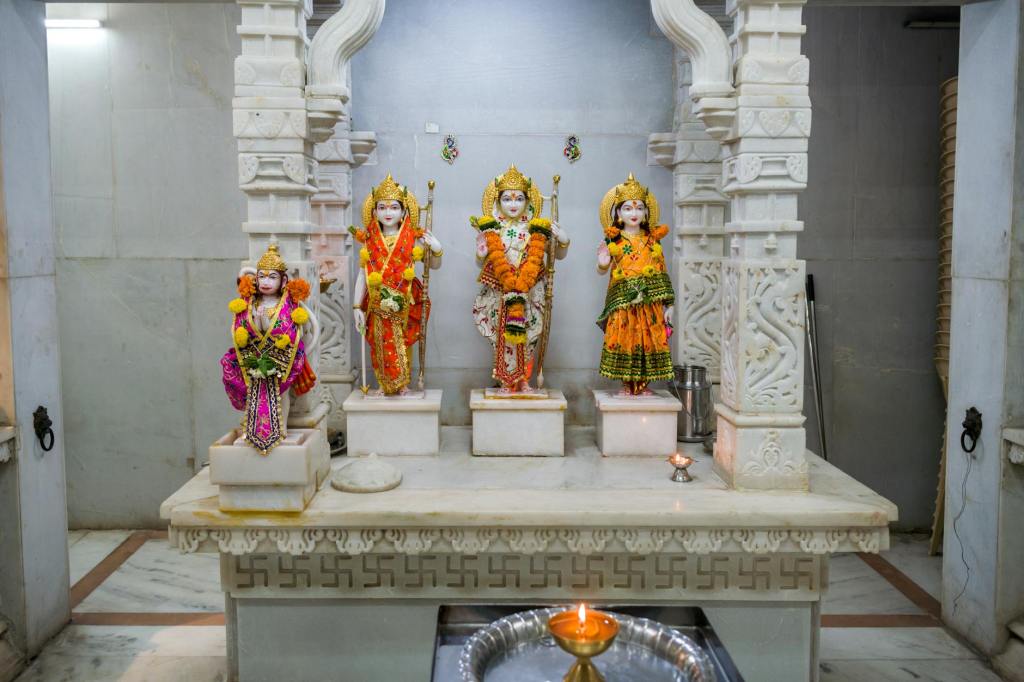Blue is often seen as a symbol of calm, peace, and stability, representing the vast and infinite qualities of the sky and the sea. It is also associated with trust, loyalty, and stability, and is often used to represent these qualities in branding and marketing. In the Christian tradition, blue is associated with the Virgin Mary and represents purity, devotion, and spiritual grace. In some Native American cultures, blue is associated with the spirit world, representing the infinite and unseen realm beyond the physical world.
- What power does blue represent?
- What does royal blue mean spiritually?
- 10 Spiritual benefits of Blue colow
- Spiritual meaning of blue color
- What does the color blue symbolize?
- Meaning and Importance of Blue color in Western cultures
- Spiritual Meaning of Blue color in Eastern religions
- 10 Benefits of Blue color in Daily Life
- Meaning of seeing blue color in dream
- Conclusion
Read more on The Cowherd:
- Spiritual meaning of Green
- Spiritual meaning of Red
- Spiritual meaning of Yellow
- Spiritual meaning of Blue
- Spiritual meaning of colors
What power does blue represent?
Blue is often associated with trust, calmness, and stability in many cultures. In the western world, blue is also associated with sadness, while in some Eastern cultures, it symbolizes good luck and fortune. In spiritual or religious contexts, blue can represent heaven or spirituality. The exact meaning and representation of blue can vary based on cultural and personal interpretations.
What does royal blue mean spiritually?
Spiritual meanings of colors can vary greatly across different cultures and belief systems. However, in some spiritual beliefs, blue, including royal blue, is often associated with trust, loyalty, wisdom, confidence, and stability. It is also sometimes linked to divinity, the divine, and the heavens. However, this interpretation is not universally accepted and may vary based on individual beliefs and cultural context.
10 Spiritual benefits of Blue colow
The specific spiritual benefits attributed to the color blue can vary depending on the cultural or spiritual tradition. However, some common spiritual benefits associated with blue include:
- Calming and soothing energy
- Promoting mental clarity and focus
- Encouraging communication and self-expression
- Promoting spiritual growth and awareness
- Inspiring trust, loyalty, and honesty
- Providing protection and security
- Enhancing intuition and psychic abilities
- Fostering calm and stability in emotional states
- Representing the divine, heaven, and spirituality
- Encouraging feelings of peace and serenity.
It’s important to note that these benefits are based on cultural or spiritual beliefs and may not be scientifically proven. Additionally, personal experiences and interpretations can vary greatly.
Spiritual meaning of blue color
The color blue has a rich spiritual significance in Hinduism, as it is associated with Lord Vishnu, one of the major deities in Hinduism and part of the Hindu trinity along with Lord Brahma and Lord Shiva. The Hindu scripture, the Vedas, describe Lord Vishnu as being of a blue complexion, representing the infinite and all-encompassing nature of the deity.
In Hinduism, blue is often considered to be a calming and soothing color, symbolizing the infinite and unchanging nature of the divine. It represents stability, truth, and wisdom, and is thought to help bring a sense of inner peace to those who contemplate it.
In Hindu mythology, Lord Vishnu is often depicted holding a conch shell, which is said to represent the sound of the divine, or the Om. The conch is also said to symbolize the breath of life, and is associated with the power of creation. Similarly, the blue color of Lord Vishnu is thought to symbolize the infinite and all-encompassing nature of the divine, as well as the unchanging and eternal nature of the universe.
The blue color is also associated with the Hindu deity, Lord Krishna, who is considered to be an incarnation of Lord Vishnu. In Hindu scripture, Lord Krishna is described as having a blue complexion, and he is often depicted playing a flute, which represents the divine sound of the universe.
In Hindu iconography, Lord Vishnu and Lord Krishna are often depicted wearing blue clothing, which is said to symbolize their connection to the infinite and the universe. The blue color is also used in Hindu temples, where it is used to decorate the walls and ceilings, representing the vastness and infinite nature of the divine.
In Hinduism, the blue color is also associated with the goddess, Sri Lakshmi, who is considered to be the goddess of wealth, prosperity, and good fortune. She is often depicted as having a blue complexion, and is associated with the lotus flower, which is said to symbolize the beauty and purity of the divine.
In Hinduism, the blue color is also associated with the Hindu god of wisdom, Lord Hanuman. He is considered to be a protector and a devotee of Lord Rama, and is depicted with blue skin, which is said to symbolize his devotion and connection to the divine.
In conclusion, the blue color has a rich spiritual significance in Hinduism, representing the infinite and all-encompassing nature of the divine, as well as the unchanging and eternal nature of the universe. It is associated with several major deities in Hinduism, including Lord Vishnu, Lord Krishna, Sri Lakshmi, and Lord Hanuman, and is thought to bring a sense of inner peace and calm to those who contemplate it.
Spiritual meaning of blue color – according to Yoga, Vedanta and Tantra
In Hinduism, blue is considered to have a spiritual significance in both yoga, vedanta, and tantra.
In yoga, the color blue is associated with the throat chakra, which is said to govern communication and self-expression. Wearing blue or incorporating the color into your yoga practice is thought to help balance this chakra, promoting clear communication and self-expression.
In vedanta, blue is associated with the Hindu deity Krishna, who is often depicted as a blue-skinned god. This symbolizes Krishna’s divine nature, and his connection to the infinite and eternal. In this tradition, blue is considered to be a color of purity, peace, and spiritual liberation.
In tantra, blue is associated with the element of water, which is said to represent fluidity and adaptability. In tantra, water is seen as a symbol of the divine feminine, and blue is often used to represent the goddess. It is thought that incorporating the color blue into your tantric practice can help to tap into the divine feminine and promote feelings of calm and serenity.
Overall, blue is considered to be a powerful and spiritually significant color in Hinduism, with different meanings and interpretations across yoga, vedanta, and tantra.
What does the color blue symbolize?
The color blue symbolizes many different things and can have different meanings depending on the context, culture, and personal interpretation. Some common symbolism associated with blue includes:
- Trust and reliability
- Calmness and stability
- Loyalty and dependability
- Intelligence and wisdom
- Heaven and spirituality
- The ocean and sky
- Power and authority
- Confidence and stability
- Inspiring communication and self-expression
- Sadness and depression.
It’s important to keep in mind that these symbols are not universal and may vary based on cultural and individual experiences.
Meaning and Importance of Blue color in Western cultures
The color blue has held significant meaning and symbolism in Western cultures throughout history. In the Middle Ages, blue was seen as a color of truth, purity, and spirituality. This was largely due to the popularity of the Virgin Mary, who was often depicted wearing a blue cloak in religious art. The blue of the cloak symbolized her purity, devotion, and connection to heaven.
In the Renaissance, blue was associated with wealth, power, and nobility. This was because blue dye was rare and expensive, and only the wealthy could afford to wear clothing made from blue cloth. This led to blue being seen as a status symbol, representing power, luxury, and prestige.
In the 19th century, blue became associated with calmness, stability, and trust. This was largely due to the use of blue in paintings, where it was used to create a sense of serenity, peace, and tranquility. This association has continued into the present day, with blue being seen as a calming and peaceful color that evokes feelings of calmness, stability, and trust.
In the 20th century, blue became associated with sadness and depression, largely due to the prevalence of the phrase “feeling blue,” which is used to describe feelings of sadness or depression. This association has continued into the present day, with blue often being associated with feelings of sadness and depression, although this is not always the case.
Overall, the color blue has held a variety of meanings and symbolism in Western cultures throughout history, and its significance has evolved over time. Today, blue is widely seen as a calming and peaceful color, representing calmness, stability, and trust.
Spiritual Meaning of Blue color in Eastern religions
In Buddhism, blue is often associated with the deity Akshobhya, who represents consciousness, stability, and the absence of ignorance. The blue color is also seen as symbolizing the sky, representing the boundless and infinite nature of the mind.
In Sikhism, blue is considered a sacred color, and many Sikhs wear blue as a symbol of their faith. The blue color is associated with the sky, which represents the infinite nature of God and the connection between the individual and the divine.
In Jainism, blue is the color of the sky and is associated with the attainment of liberation and the purification of the soul.
In Eastern religions, such as Hinduism and Taoism, blue is often seen as a symbol of the divine, representing the infinite and boundless nature of the cosmos. In Hinduism, the god Krishna is often depicted with blue skin, representing his divine nature and connection to the divine.
It’s important to keep in mind that these symbols and meanings can vary greatly depending on the specific religious tradition and context, and may not be universal within the belief system.
10 Benefits of Blue color in Daily Life
In daily life, the color blue can offer various benefits. Here are some of the most commonly recognized benefits of incorporating blue into your life:
- Calming and relaxing: Blue has a calming and soothing effect on the mind and body, making it ideal for use in bedrooms, bathrooms, and other relaxation areas.
- Improved focus and concentration: Blue can help to improve focus and concentration, making it a good choice for work and study environments.
- Increased creativity: Blue can inspire creativity and stimulate the imagination, making it a good choice for artists and writers.
- Boosted mood: Blue has been shown to improve mood and reduce feelings of stress and anxiety.
- Improved sleep: Blue light has been shown to promote restful sleep and improve sleep quality.
- Enhanced communication: Blue is often associated with communication and self-expression, making it a good color for public speaking and other forms of communication.
- Improved digestion: Blue has been shown to have a calming effect on the digestive system and improve digestion.
- Boosted appetite: Blue has been shown to increase appetite and improve food cravings.
- Increased productivity: Blue has been shown to increase productivity and motivation, making it a good choice for work environments.
- Improved overall well-being: Blue has a positive effect on the mind and body, and incorporating it into your daily life can contribute to improved overall well-being.
It’s important to keep in mind that these benefits are not scientifically proven and may vary based on individual experiences and preferences.
Meaning of seeing blue color in dream
Interpreting the meaning of colors in dreams is a subjective matter and can vary based on personal experiences and cultural influences. In general, blue is often associated with calmness, trust, and stability in dream symbolism. Seeing the color blue in a dream may indicate feelings of peace and serenity, as well as a sense of security and stability. Blue may also represent intuition and emotional intelligence, as well as truth and honesty. In some cases, the color blue in a dream may be seen as a warning sign, indicating feelings of sadness or depression. However, the interpretation of blue in dreams can also be influenced by other factors, such as personal experiences, cultural beliefs, and other symbols present in the dream.
Conclusion
In conclusion, the interpretation of blue color in dreams varies depending on the individual’s personal experiences and cultural beliefs. While some may see blue as a symbol of sadness or depression, others may see it as a sign of calmness and stability. In marketing and psychology, blue is often used to evoke feelings of trust, security, and professionalism. Ultimately, the meaning and significance of blue in dreams, as well as other aspects of life, are subjective and can differ greatly from person to person.






2 responses to “Spiritual Meaning of Blue”
[…] Spiritual meaning of Blue […]
LikeLike
[…] Spiritual meaning of Blue […]
LikeLike